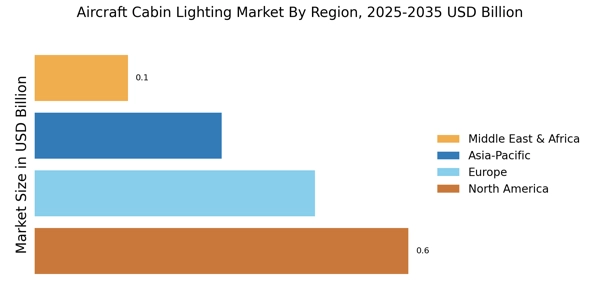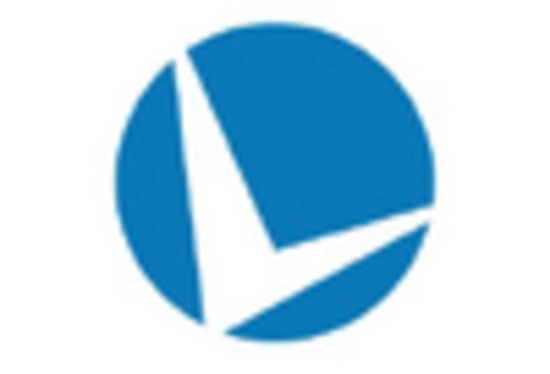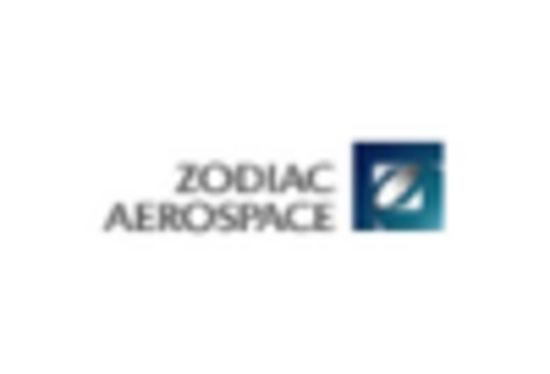Growth in Air Travel Demand
The Aircraft Cabin Lighting Market is poised for growth due to the rising demand for air travel. As more individuals and businesses opt for air travel, airlines are compelled to enhance their services, including cabin lighting. The International Air Transport Association (IATA) projects a steady increase in passenger numbers, which in turn drives the need for modernized cabin environments. Airlines are investing in advanced lighting technologies to attract and retain customers, thereby stimulating growth in the Aircraft Cabin Lighting Market. This trend suggests a robust future for lighting solutions as airlines adapt to the evolving needs of travelers.
Increased Focus on Passenger Experience
The Aircraft Cabin Lighting Market is increasingly driven by the focus on enhancing passenger experience. Airlines are recognizing that cabin ambiance plays a crucial role in passenger satisfaction. Innovative lighting solutions that can simulate natural light cycles or create mood lighting are being adopted to improve the overall travel experience. Market data suggests that airlines investing in passenger comfort through advanced lighting systems can see a notable increase in customer loyalty and repeat business. This trend indicates a shift towards more personalized and comfortable flying environments, thereby propelling growth in the Aircraft Cabin Lighting Market.
Sustainability and Eco-Friendly Solutions
Sustainability is becoming a pivotal driver in the Aircraft Cabin Lighting Market as airlines strive to reduce their environmental footprint. The shift towards eco-friendly lighting solutions, such as energy-efficient LED systems, aligns with broader sustainability initiatives within the aviation sector. Airlines are increasingly adopting practices that minimize energy consumption and waste, which not only benefits the environment but also appeals to environmentally conscious consumers. The market is witnessing a growing demand for lighting systems that are not only efficient but also made from sustainable materials. This trend is likely to shape the future of the Aircraft Cabin Lighting Market.
Regulatory Compliance and Safety Standards
The Aircraft Cabin Lighting Market is significantly influenced by stringent regulatory compliance and safety standards imposed by aviation authorities. These regulations often mandate specific lighting requirements to ensure passenger safety and comfort during flights. For instance, the Federal Aviation Administration (FAA) and the European Union Aviation Safety Agency (EASA) have established guidelines that necessitate adequate cabin illumination for emergency situations. Compliance with these regulations not only enhances safety but also drives innovation in lighting solutions. As airlines invest in modern lighting systems to meet these standards, the Aircraft Cabin Lighting Market is likely to witness robust growth.
Technological Advancements in Lighting Systems
The Aircraft Cabin Lighting Market is experiencing a surge in technological advancements, particularly with the integration of LED lighting systems. These systems offer enhanced energy efficiency, longer lifespans, and reduced maintenance costs. As airlines seek to optimize operational costs, the shift towards LED technology is becoming increasingly prevalent. Reports indicate that the adoption of LED lighting can reduce energy consumption by up to 75%, which is a compelling factor for airlines aiming to improve their bottom line. Furthermore, the ability to customize lighting settings for different phases of flight enhances passenger experience, making it a critical driver in the Aircraft Cabin Lighting Market.


















Leave a Comment